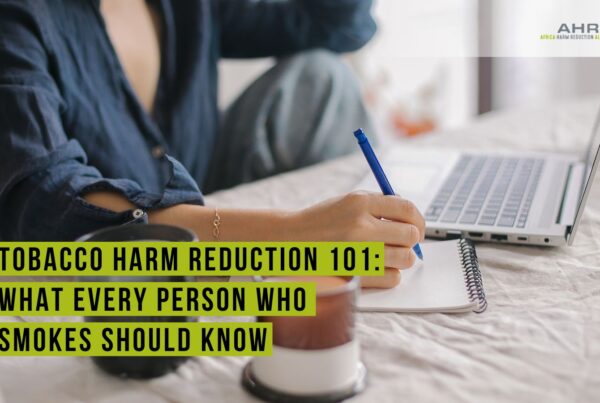France’s restrictive stance on safer alternatives to cigarettes threatens to derail efforts to reduce the deadly toll of tobacco, according to major new research by international health experts.
Their study, Tale of Two Nations: France vs Sweden, contrasts the tobacco control policies of the two countries and highlights how Sweden’s embrace of harm reduction strategies has resulted in the lowest smoking rates in Europe, while more than one in four French adults smokes.
Key findings from the report, unveiled today by Smoke Free Sweden, include:
- France’s smoking rate (27%) is five times higher than Sweden’s (5.3%)
- Sweden has reduced its smoking rate by 54% since 2012, while France has seen a mere 1 percentage point reduction over the same period
- Sweden’s cancer incidence is 41% lower than the European average, with corresponding 38% lower cancer deaths
- Sweden formally adopted tobacco harm reduction as national policy in December 2024, focusing on “reducing medical and social harm caused by tobacco and nicotine products” rather than simply reducing consumption
- France continues to implement restrictive policies on alternatives to smoking, recently announcing plans to ban nicotine pouches entirely

“This report provides undeniable evidence that harm reduction strategies work,” said Dr. Delon Human, a global health advocate who authored the report. “Sweden’s success comes from embracing safer smoke-free alternatives, making them accessible, affordable and socially acceptable for adults, while France’s prohibitionist approach has yielded minimal results.
“While Sweden stands as a beacon of success, France’s restrictive policies are preventing smokers from switching to less harmful alternatives. Without a shift in strategy, millions of French smokers will continue to face the devastating health consequences of combustible tobacco.”
The report calls on French policymakers to reconsider their approach and adopt key elements of Sweden’s model, including:
- Recognising harm reduction as a legitimate public health strategy
- Ensuring the availability and affordability of safer nicotine alternatives
- Implementing proportionate taxation that incentivises smokers to switch
- Educating the public on the relative risks of different nicotine products
Dr. Human concluded: “If France continues on its current path, it risks falling further behind in the global fight against smoking. Conversely, adopting a harm reduction strategy similar to Sweden’s would accelerate progress toward a smoke-free future.”
Read the full report on Smoke-Free Sweden
THR Topics
Popular Posts
Quick Links
Women in THR
Related Posts
 Letter to the World Health Organization (WHO)
Letter to the World Health Organization (WHO)
Letter to the World Health Organization (WHO)
 Public Health implications of vaping in Germany
Public Health implications of vaping in Germany
Public Health implications of vaping in Germany
 Public Health implications of vaping in the United States of America
Public Health implications of vaping in the United States of America








